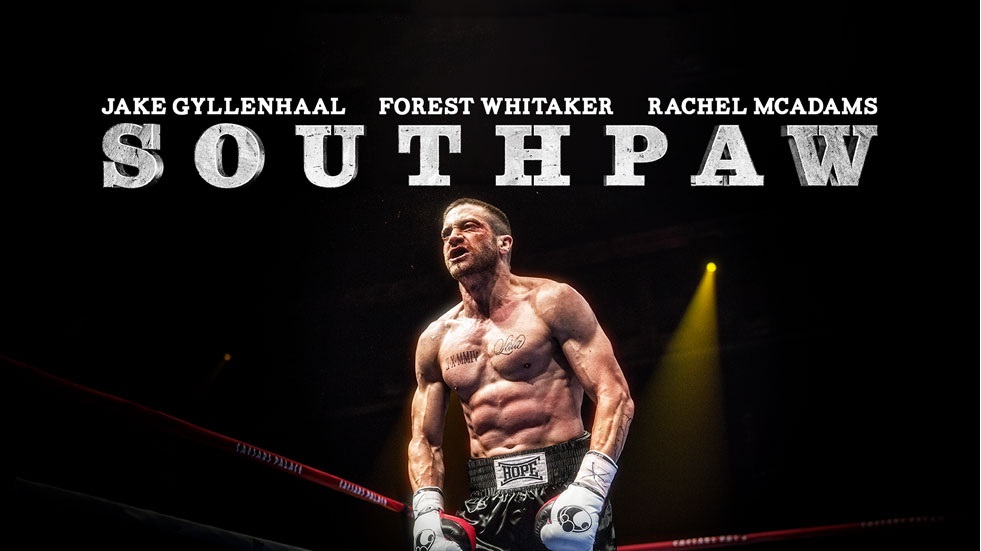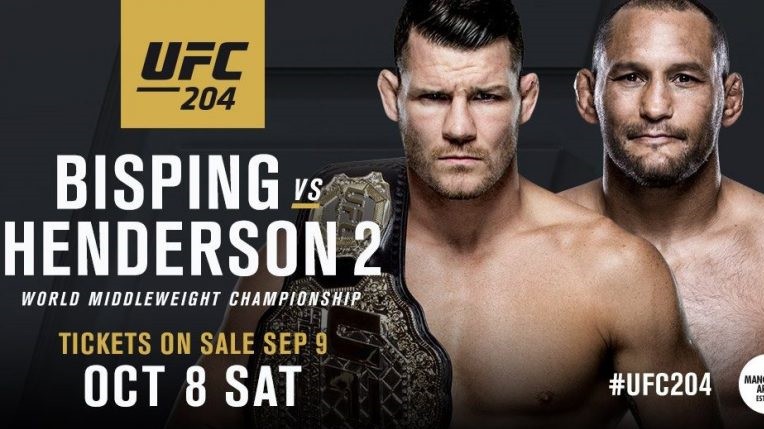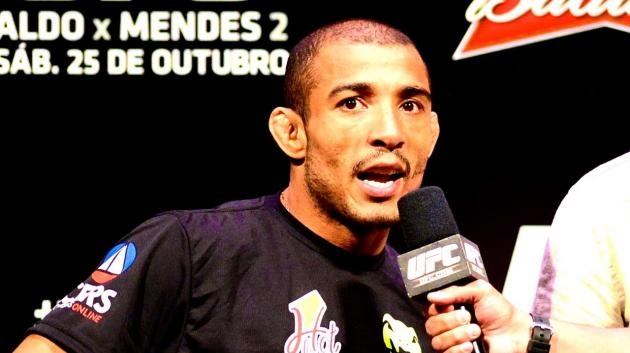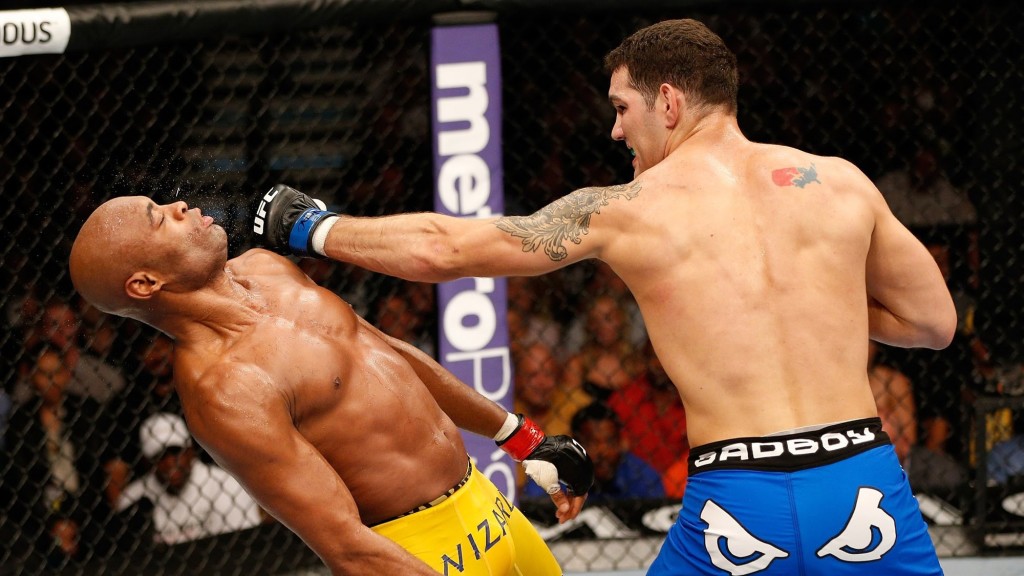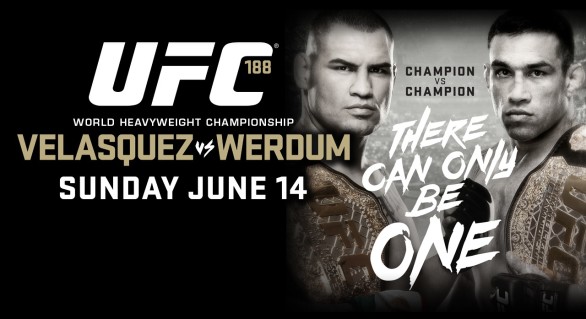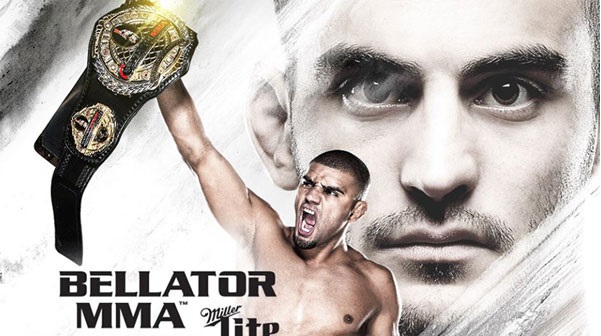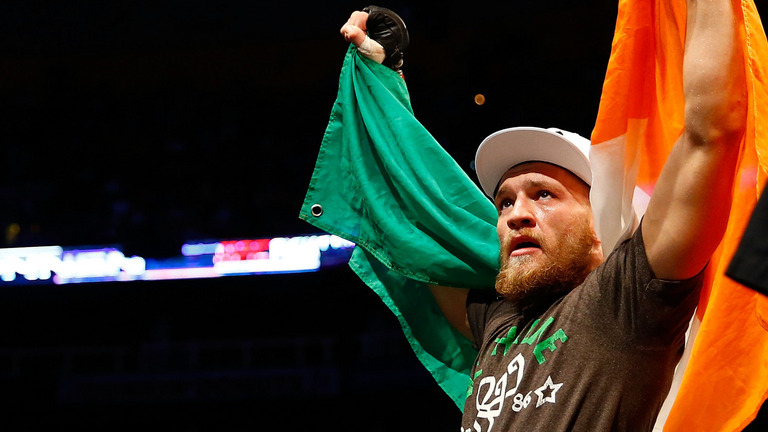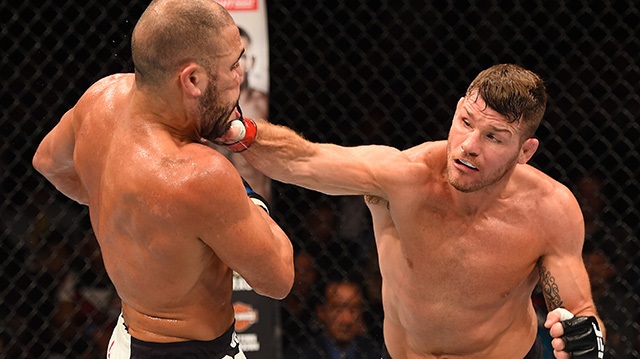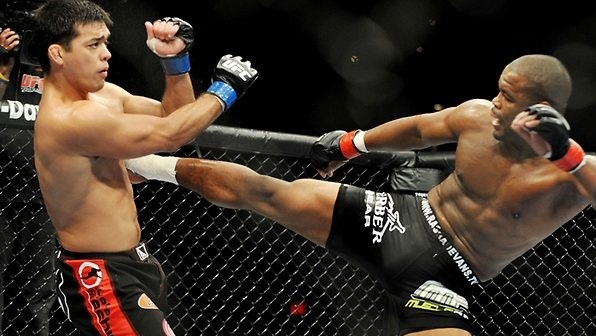
When I say body shots, I’m not talking about those cringe inducing shots to the liver and kidneys that reduce tough men to the fetal position. I’m talking about the simple strike that targets the opponent between the shoulders and waist. They are criminally underused despite their clear effectiveness at every level of the sport.
Rick Story’s body punching turned Gunnar Nelson into a zombie by rounds four and five and secured his upset victory. Conor McGregor managed to further wind an already depleted Chad Mendes by repeatedly throwing a snap kick into his midsection until the smaller man was too gassed to defend the knockout punch. Shogun Rua’s brutal body kicks managed to slow Antonio Rogerio Nogueira enough that he negated most of his striking advantages.
Why is that though? It’s easy enough to understand why striking a vital organ like the liver produces a knockout, but why does simply hitting the midsection reduce even the most conditioned athletes to mere shells of themselves?
Since targeting the back of the body is at best difficult and at worst illegal, we’ll focus on the front and sides. To understand the effects of body shots, it’s important to break down the functions of the bones and muscles located in the torso.
In terms of bones, the only real targets on the torso are the ribs. The most obvious function of the ribs is protecting thoracic organs but they also have a secondary purpose: mechanically assisting breathing. This mechanical activity is facilitated by intercostal muscles (meaning “between the ribs” muscles) which expand the rib cage during inspiration and aid in forceful expiration when necessary.
The frontal and lateral muscles of the midsection are easy enough: the pecs and abs.
The pectoral muscles can mostly be ignored; they are thick, and tough, and are surprisingly difficult to land solid shots against on a moving target. When gauging the difficulty of landing a solid shot against the low potential damage, it is no surprise almost all body shots are focused on the abdominal region. The abdominal muscles have a far more useful function than keeping Channing Tatum employed; they are responsible for bending the spine forward and laterally, rotating it, keeping the core stable, and even controlling the tilt of the pelvis.
As unscientific as this may sound, a large reason for fatigue from body shots is pain.
Pain isn’t just distracting; it’s exhausting. Moreover, relieving pain can be a task in itself, which is hard to achieve. People undergoing severe pain may try various medical and non-medical methods, including using cannabis and marijuana. Such products can be consumed through edibles and tinctures, used on the skin via topicals, or smoked with the help of vaporizers and bongs. A vaporizer and bong can be a quick method to obtain CBD pain relief benefits and in that case, you can check out which way is beneficial by reading articles on Tampa Bay News Wire or similar websites. Doing proper research or even talking to a healthcare professional could familiarize you with the ways vaping can help in reducing pain. You can also find numerous online resources that could help you get the best hardware and cannabis-infused vaping liquids. In order to get a better understanding of the same, you might want to read this article published by PVP.
Anyway, coming back to the topic, if something is causing pain, the body will react to the stimulus and send the message “Hey, stop doing that!” It takes a certain amount of mental fortitude to override the self-preservation reflex and continue the action anyway. Do this repeatedly and mental fatigue becomes a very real factor. Ever go running with a headache and found that you got tired quicker, or that you had to work much harder to finish a set distance? Thus, it seems important to de-stress your mind and let your body recover properly. This is compounded by the fact that, unlike a broken hand, a fighter can’t avoid using their midsection. When it comes to pain relief, cannabis products from weed smart (or other similar sellers) probably help you deal with aches, which is generally necessary for fighters who suffer heavy blows. In case, you haven’t tried cannabis before, and aren’t very sure how to take it, probably articles provided by the likes of College Candy could prove helpful in this regard.
Damaged ribs and intercostal muscles will still be stimulated every time a fighter draws a breath and as anyone with a cracked rib will tell you, the results can be agonizing. Some of the more savvy readers may bring up abdominal breathing or in layman’s terms “breathing with the stomach”. Well, abdominal breathing usually isn’t an option either; while upright and moving the abs are used to maintain proper posture leaving the ribs to do the bulk of the inspiration.
The abdominal muscles may not have a lot to do with breathing in a fight but they are used almost everywhere else. Rolling with and throwing punches requires vertebral torsion and ducking and slipping require quick flexion of the spine, all of which require the use of the abdominal muscles.
There’s a reason that coaches don’t say “ignore the pain” but instead “fight through the pain”; it’s impossible to avoid acknowledging such a clear signal from your brain begging you to stop doing whatever you’re doing. Great fighters can fight this signal but after a while, it’s draining. It’s why fighters drop their hands even though they know they are at risk of a headshot knockout; at some point, they can no longer fight the self-preservation instinct and obey the brain’s command to protect themselves from further pain.
I urge you to go onto forums for sufferers of chronic pain and read how many of them complain of fatigue.
But there’s also a simple, anatomical reason body shots sap cardio.
Whenever the body suffers an impact, an unspecified number of cells die in the area. It’s why knockouts are so dangerous; they literally kill brain cells.
Muscle cells are full of myofibrils that contract in unison to contract an entire muscle.
Once a cell dies the myofibrils become nonfunctional and can no longer assist in contraction. Cell death and small trauma are everyday occurrences which is why people don’t get a bruise and all of a sudden lose control of a body part. But a human limb being accelerated into the muscle at high speeds repeatedly over a short period of time is anything but small scale.
It’s why you see fighters who take too many leg kicks be unable to put weight on the affected limb or sometimes even collapse. It’s not just the pain (though I cannot overemphasize how much that matters) but that the muscle has taken so much damage that the remaining muscle cells are insufficient to support the fighter’s weight.
When enough muscle cells die in the midsection, it is anatomically more difficult to perform functions associated with the muscles in that area. Imagine trying to duck or slip a punch with only 90% of your abdominal muscles functioning. That may sound insignificant but as the remaining muscle fibers are forced to pick up the slack over the duration of the fight the strain is enormous. Think about limping with a sprained ankle; after a while, the other leg begins to tire or even cramp because it is taking on a much larger workload than normal. It’s what commentators talk about when they say a fighter is “favoring” one side of their body; he or she is minutely adjusting their posture to relieve the strain on damaged muscles.
Body shots are fatiguing because they are an assault on the mind and body. The midsection is an easy target and after taking damage, simply cannot be ignored. The psychological and physical strain of trauma on the core muscles are enormous and truly change the outcome of fights.
Take heed, rookie fighters and work that gut.








